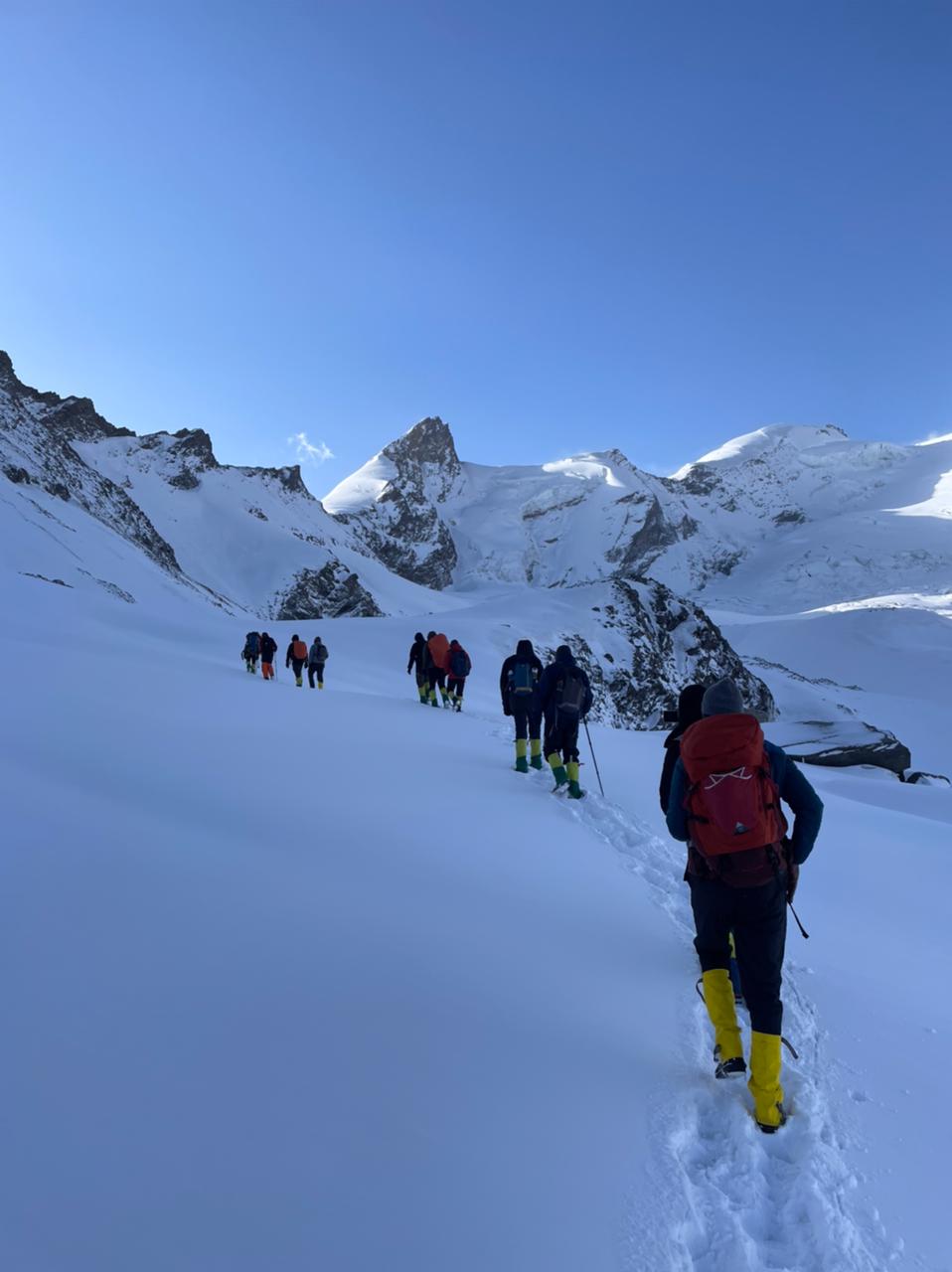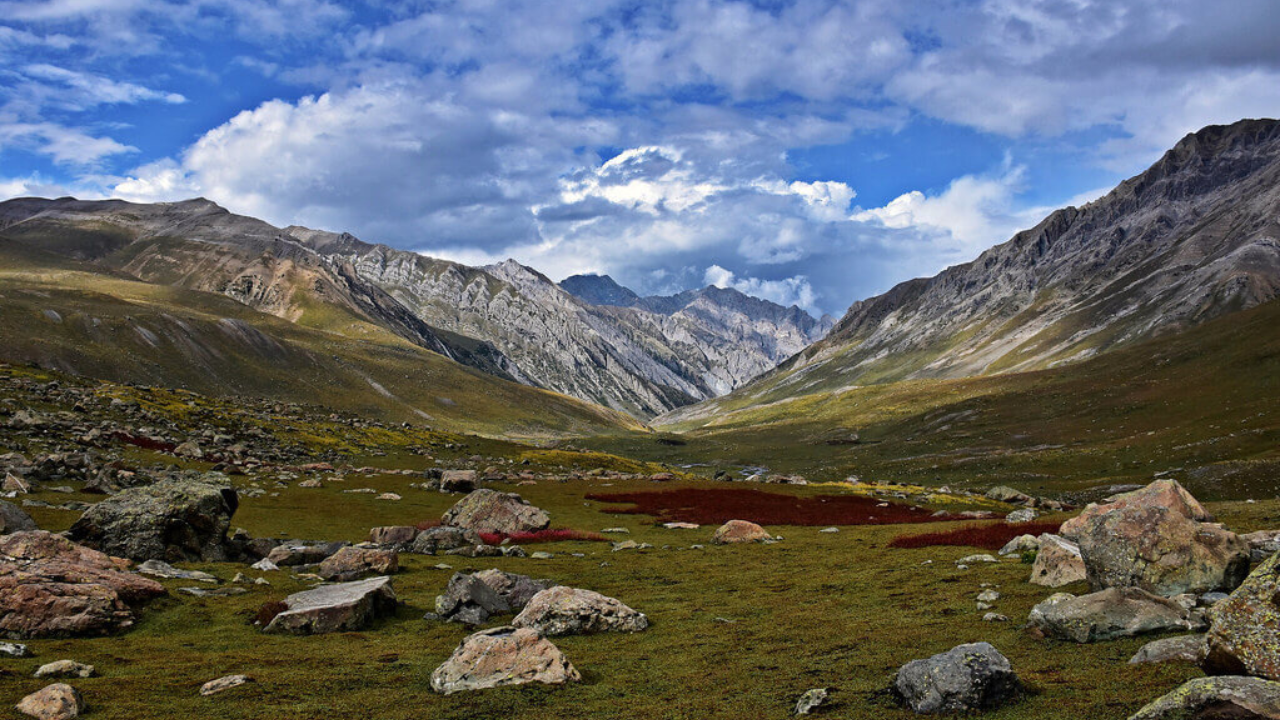
Kashmir Great Lakes Trek
7 Days
72 Km
13,750 ft
18+
Moderate - Difficult
The Kashmir Great Lakes Trek is a mesmerizing journey through the pristine beauty of the Kashmir Valley, often hailed as one of the most beautiful treks in India. This high-altitude trek takes adventurers through a series of breathtaking alpine lakes, each more stunning than the last, including Vishansar, Kishansar, Gadsar, and Satsar. Along the way, trekkers are treated to panoramic views of snow-capped peaks, lush meadows carpeted with wildflowers, and tranquil valleys stretching endlessly. The trek offers a perfect blend of challenging terrains and serene landscapes, making it a must-do for those seeking adventure and natural beauty in the heart of the Himalayas.
Why This Trek?
- Unparalleled Natural Beauty: Immerse yourself in a world of towering mountains, pristine alpine lakes, and vibrant meadows that will leave you speechless.
- Diverse Landscapes: Experience the thrill of traversing seven distinct valleys, each offering unique charm and breathtaking vistas.
- A Symphony of Colors: Witness nature's palette come alive with a vibrant explosion of wildflowers, contrasting against the lush green meadows and crystal-clear lakes.
- Challenging Yet Rewarding: Test your limits on this moderate-difficult trek, and be rewarded with unforgettable memories and a sense of accomplishment.
- A Trek for the Senses: Indulge in the fresh mountain air, the soothing sounds of nature, and the breathtaking sights that will create a lifelong impression.
Included/Excluded
Select Dates
{{type.name}}
{{type.display_price}} per person
Guests
Extra prices:
- {{total_price_html}}
- {{pay_now_price_html}}
Guest in maximum
BOOK NOW Book NowBook With Confidence
Itinerary for
Kashmir Great Lakes Trek
Day 1
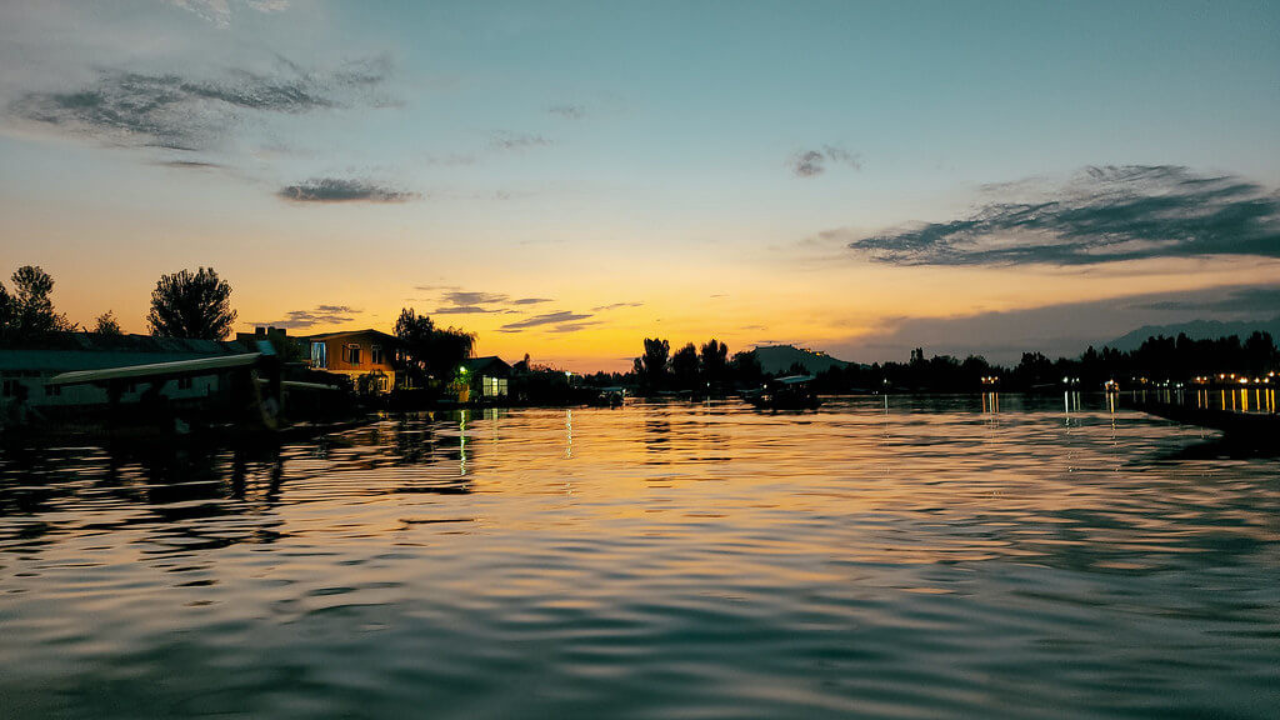
Day 2
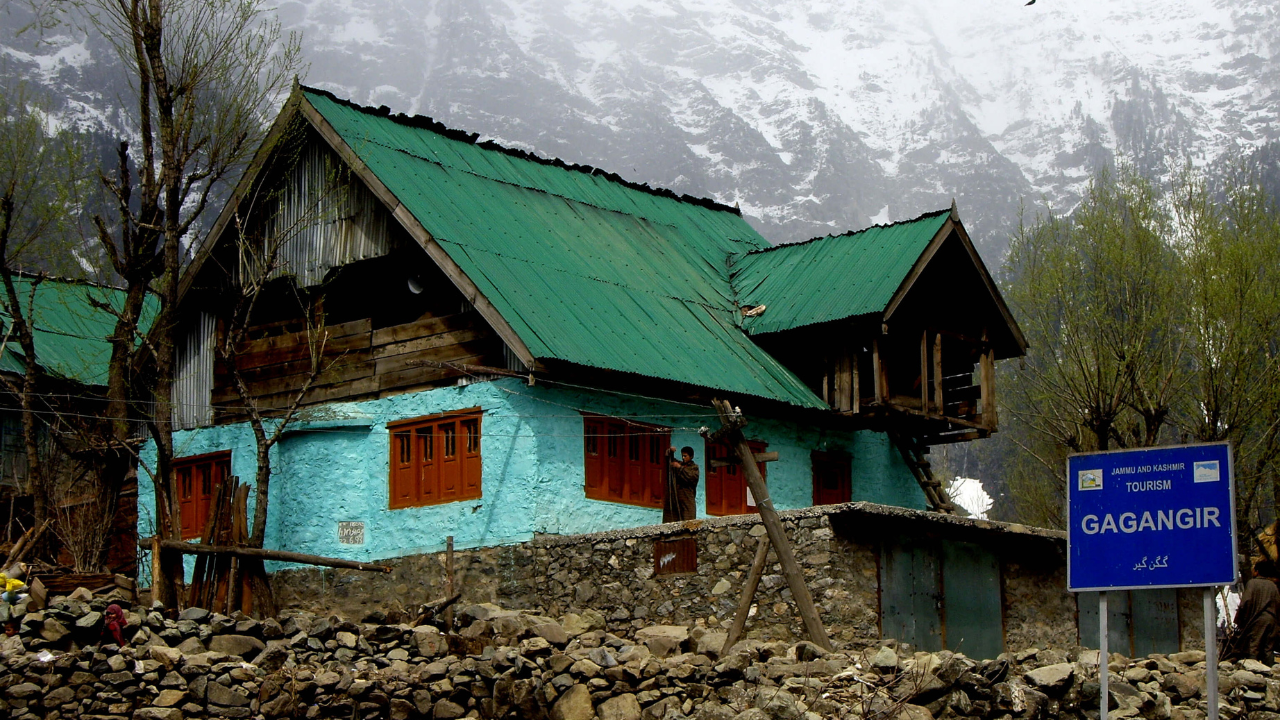
Day 3
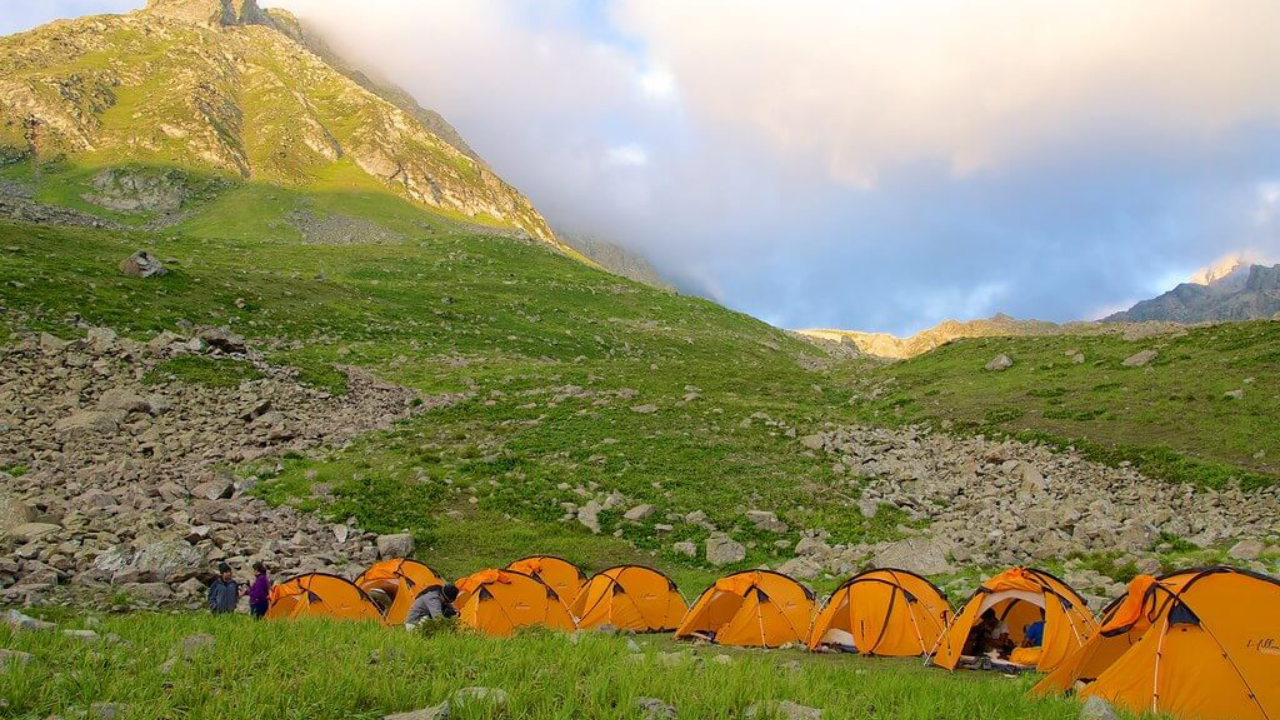
Day 4
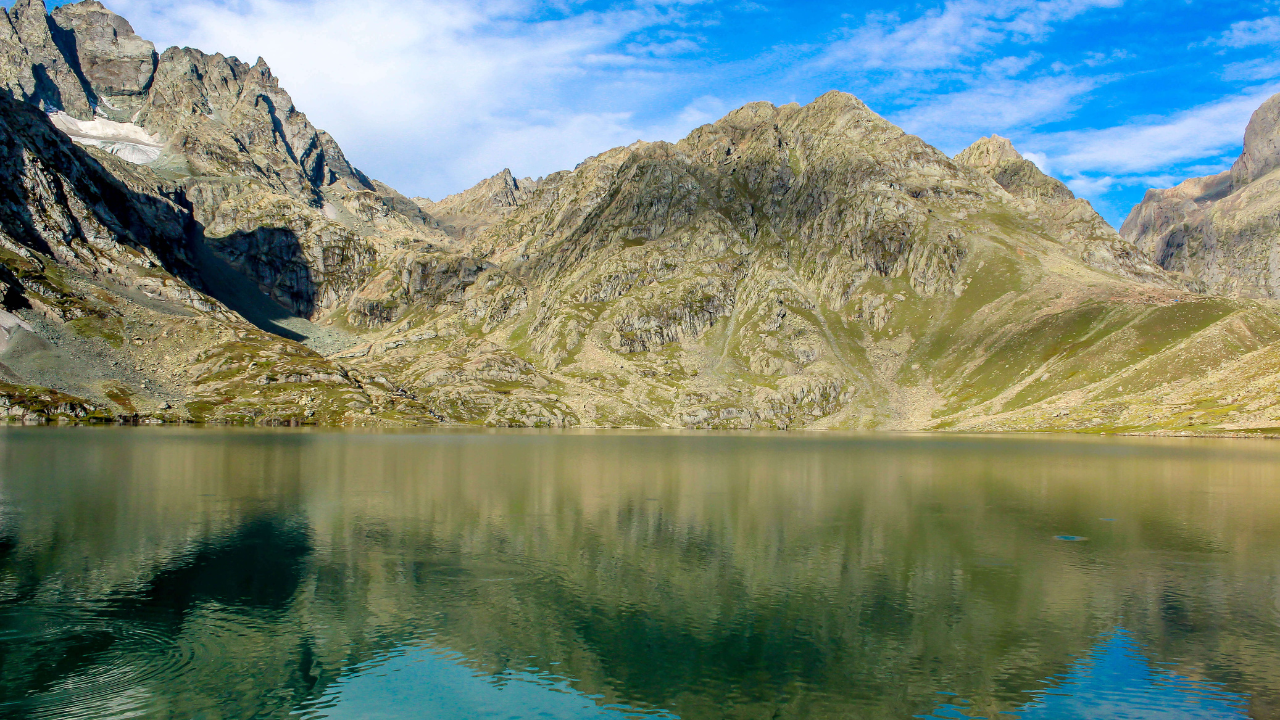
Day 5
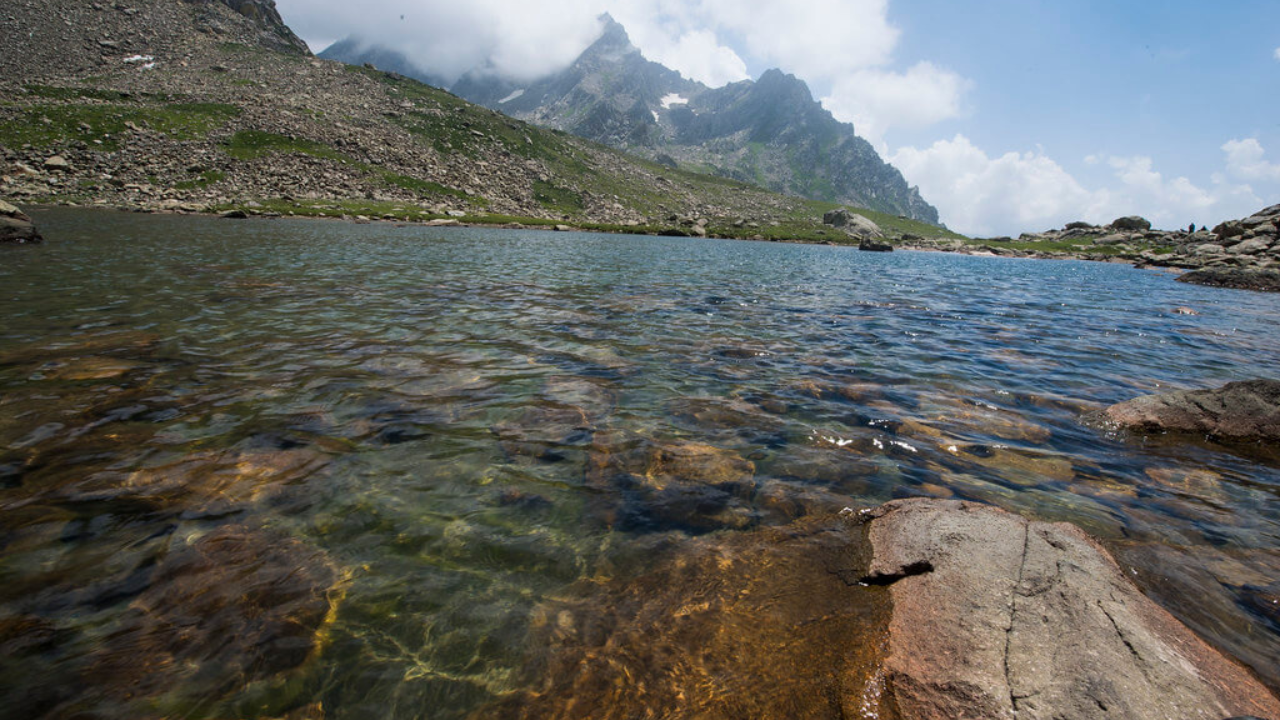
Day 6
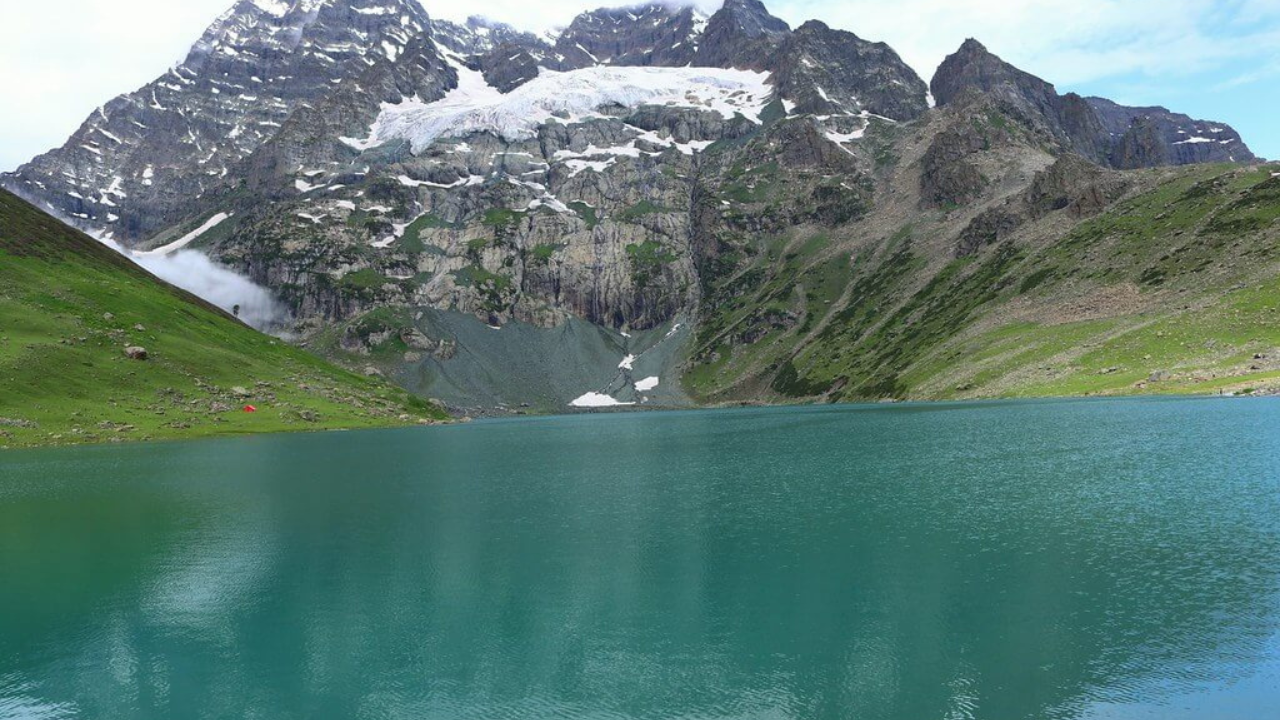
Day 7
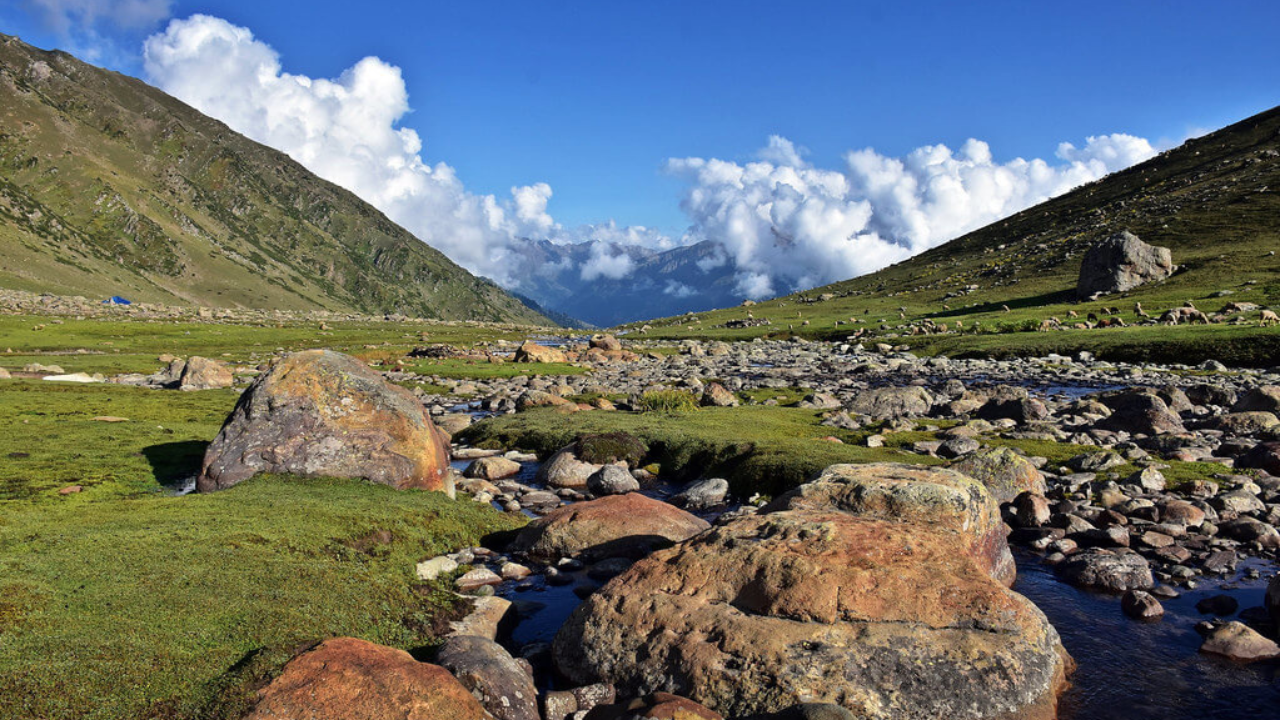
Complete Kashmir Great Lakes Trek Information
The best time to embark on the Kashmir Great Lakes trek is from the beginning of July to the middle of September. This period offers the most favorable weather conditions and the most vibrant landscapes, as the rest of the year, the trails are buried under snow. During these months, the trek transitions from summer to autumn, offering a variety of scenic beauty. July showcases lush green meadows and blooming flowers as the snow melts, while mid-July to August features dramatic meadows dotted with wildflowers against rugged mountains. By the end of August into September, the skies clear up, providing stunning reflections in the alpine lakes, though temperatures begin to drop. This narrow window allows trekkers to experience the diverse and breathtaking beauty of Kashmir in its full glory.
By Flight
-
To Srinagar:Flights: Srinagar International Airport (SXR) is well-connected to major cities in India such as Delhi, Mumbai, Bangalore, and others. Multiple airlines operate daily flights to Srinagar.
-
From the airport to Sonamarg: You can hire a taxi directly from the airport to Sonamarg. The journey takes about 2.5-3 hours.
By Train
-
To Jammu: Nearest major railway station: Jammu Tawi (JAT) is the closest major railway station, well-connected to various cities across India.
-
From Jammu to Srinagar: You can take a taxi or bus to Srinagar. The road journey is about 8-10 hours.
Alternative via Banihal:
-
Train to Banihal: From Jammu Tawi, take a train to Banihal Railway Station (BAHL). Banihal is closer to Srinagar and involves a shorter road trip.
-
From Banihal to Srinagar: From Banihal, you can take a taxi or local bus to Srinagar, which takes around 2-3 hours.
From Srinagar to Sonamarg:
-
Taxi: The most convenient option is to hire a taxi from Srinagar to Sonamarg. The trip takes approximately 2.5-3 hours.
-
Bus: Public buses are available from Srinagar to Sonamarg, but they might be less frequent and slower.
By Bus
To Srinagar:
-
Direct buses: Various state and private bus services operate direct buses to Srinagar from cities like Jammu, Delhi, and Chandigarh. The journey time varies, with buses from Jammu taking about 8-10 hours.
From Srinagar to Sonamarg:
-
Taxi: Hiring a taxi from Srinagar to Sonamarg is the most convenient option.
-
Bus: Public buses run from Srinagar to Sonamarg, though they may take longer and be less frequent than taxis.
Pack smart, trek safe!
Ensure you're prepared for every adventure with this essential checklist of gear and supplies. Whether you're a beginner or a seasoned trekker, the right equipment makes all the difference. Download checklist's pdf here
Basic Gear
| Backpack with Rain Cover | (40 - 50 ltr) Comfortable Shoulder Straps |
| Day pack with Rain Cover | 20 - 30 ltr (If off-load opted) |
| Walking stick | Advisable (At least one) |
| Water Bottle / Hydration pack | 2 Bottles(1 liter each), Hydration Pack 1 (Pack) + Bottle |
| Small size tiffin/lunch box | 1 Nos |
| Snacks | Energy bars, dry fruits, electral/ors |
| Personal Medical Kit | Consult your doctor |
Clothing
| T-Shirt (Synthetic quick dry) | 1 Full & 1 Half sleeves |
| Fleece T-shirt | 1 Nos |
| Wind stopper / Fleece jacket | 1 Nos |
| Windproof Jacket | 1 Nos |
| Down feather / Hollow jacket | 1 Nos |
| Thermal inner (Upper and Lower) | 1 Nos |
| Trek Pant (Synthetic quick dry) | 1 Nos |
| Wind stopper / Fleece Pant | Not required |
| Waterproof gloves | Not required |
| Fleece / woollen gloves | 1 Pair |
| Poncho / waterproof Jacket and pant | 1 Nos |
Head Gears
| Head torch | 1 Nos. (Avoid Hand torch) |
| Sun cap | 1 Nos. (One that covers the neck as well) |
| Woolen cap | 1 Nos. |
| Balaclava | Not required |
| Buff / Neck-gaiters | 1 Nos |
| Sunglasses | UV with dark side cover, People who wear spectacles - (A)- Use contact lenses | (B)- Photo chromatic glasses |
Foot Gears
| Trekking shoes | 1 Pair (Waterproof, high ankle with good grip) |
| Floaters / flip-flops | 1 Pair |
| Cotton socks | 6 pairs |
| Woollen socks | 1 pairs |
| Gaiters | 1 Pair (TTH provides when required) |
| Micro spikes | 1 Pair (TTH provides when required) |
Personal Utilities
| Sunscreen cream | 1 Nos |
| Moisturiser | 1 Nos |
| Chap-stick / Lip balm | 1 Nos |
| Toothbrush and toothpaste | 1 Nos |
| Toilet paper & Wipes | 1 Nos |
| Soap / hand sanitizers | 1 Nos |
| Antibacterial powder | 1 Nos |
| Quick dry towel | 1 Nos |
At Scoutripper, we understand that plans can change. You can reschedule your booking up to 24 hours before your experience begins. Changes are subject to availability and any applicable price adjustments. Rest easy knowing your adventure is flexible!
At Scoutripper, we value flexibility but also adhere to clear cancellation guidelines:
- Full Refund: Cancel at least 6 full days before the experience starts.
- 50% Refund: Cancel between 2 and 6 full days before the start time.
- No Refund: Cancellations made less than 2 full days before the experience start time will not be refunded.
Additionally:
- Changes are not accepted less than 2 full days before the experience begins.
- Cut-off times are based on the local time of the experience.
- Some experiences require a minimum number of participants. If the minimum isn’t met, you’ll receive a full refund or the option to reschedule.
Enjoy peace of mind with our clear and transparent policies!
Mobile Network:
- Mobile connectivity is available only till Srinagar.
- After Srinagar, the network is sketchy and almost non-existent.
- Complete important calls before traveling to the base camp and inform the family about limited connectivity.
- Prepaid SIM cards do not work in Kashmir.
Electricity:
- There is no access to electricity or charging points anywhere during the trek.
- Ensure all devices are fully charged before departure and carry power banks for backup.
FAQs about
Kashmir Great Lakes Trek
The ideal time to embark on this trek is between June and September. The weather is pleasant, and the landscape is in full bloom.
While considered a moderate to difficult trek, it requires a good level of physical fitness due to long trekking days, high altitudes, and challenging terrain.
The typical duration of the trek is around 7-8 days, including acclimatization days.
The trek typically starts from Sonmarg and ends at Naranag.
The maximum altitude reached during the trek is around 13,750 feet at Gadsar Pass.
The trek encompasses a variety of terrains, including meadows, rocky paths, streams, and high-altitude passes.
The highlights include pristine alpine lakes, lush green meadows, towering mountains, and vibrant wildflowers.
Essential items include sturdy trekking shoes, warm clothing, waterproof gear, a good backpack, trekking poles, and personal medication.
Accommodation is primarily in tents, with camping sites provided at designated locations.
Permits are necessary for trekking in the region. It's advisable to book through a registered trekking agency to handle the permit process.


